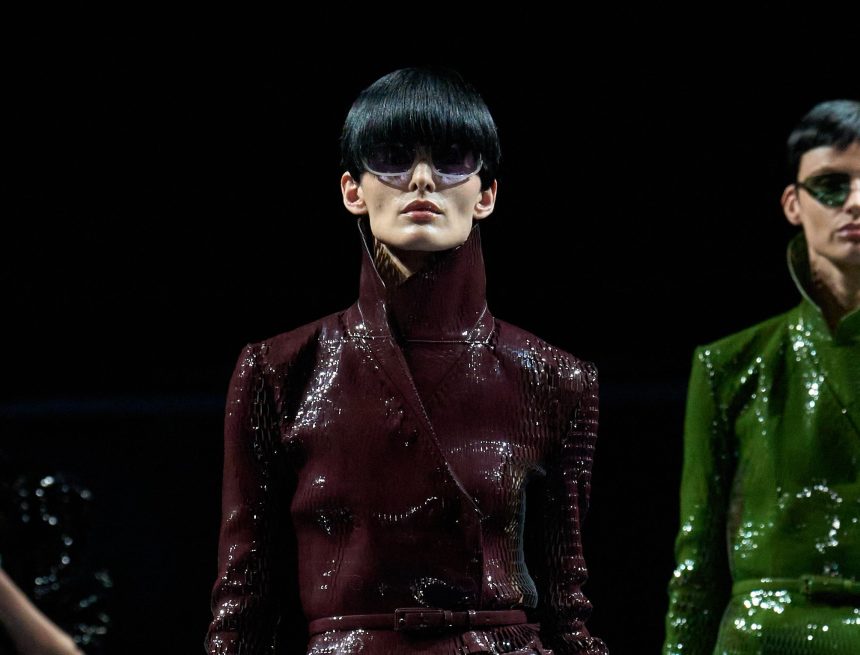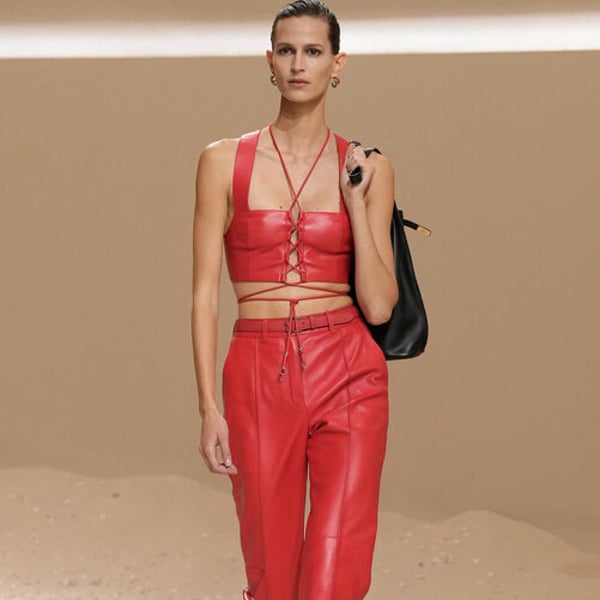By
Adnkronos
Published
October 22, 2025
The European luxury Tax Free Shopping market has grown by 7%, according to Global Blue’s study presented at the second edition of the Luxury Insight event. The increase suggests a degree of market stabilisation after years of double-digit growth, driven by a modest rise both in the number of shoppers (+5%- nearly 3 million additional consumers) and in average spend (+2%), taking the figure to €3,900.
However, these trends are not evenly distributed across brand segments and product categories. The Exclusive cluster continues to outperform the Luxury segment, which is under pressure, particularly in Ready-to-Wear and Leather Goods & Bags. By contrast, the Luxury Watches & Jewellery segment is delivering above-average results both in shopper growth and in average spend.
The report indicates a slowdown in luxury Tax Free spending by Chinese tourists in Europe, with a 2019-2024 CAGR of -8% and the spending recovery rate in the first half of 2025 stuck at 62% of 2019 levels. Their contribution has fallen from 32% to 13%, overtaken by the US (22%) and Gulf countries (13%). They nonetheless remain the most significant nationality globally (23% of total spend), with a growing preference for East Asia, where Japan now accounts for 40% of their Tax Free purchases (up from 14% in 2019).
Among high-spending shoppers, Ultra High Net Worth Individuals (UHNWIs) remain the main driver of luxury Tax Free Shopping: they represent just 0.1% of shoppers but generate 20% of total volumes, with an average spend of €132,000 per shopper and a CAGR of +15% since 2019. UHNWIs are the most strategic segment for luxury brands, thanks to their high purchase frequency and loyalty. They are repeat shoppers: 64% made at least one luxury purchase in two consecutive years, a rate three times higher than the rest of the international clientele. Moreover, over 70% of these customers show strong loyalty to the brands they buy, returning to the same label. By product category, Watches & Jewellery remains the favourite among UHNWIs, accounting for 43% of total spend over the past year. The segment also recorded the strongest growth in spending (+36%) and is the only category with a positive change in average spend per shopper (+8%).
Italy is consolidating its position in this segment: 44% of UHNWIs who made purchases in Europe chose the country as their shopping destination, second only to France (68%), confirming its central role in international luxury. Another growth driver is shoppers from the US and the Gulf countries, who lead Tax Free spending in Europe. These two nationalities account for 22% and 13%, respectively, of overall luxury Tax Free spend, with year-on-year growth of +12% for US shoppers and +14% for those from the Gulf. In Italy, the share of US shoppers is even more significant, reaching 25% of luxury Tax Free spend.
A third driver of luxury growth is Gen Z (under 28), whose purchasing power is set to multiply by up to thirty times by 2030. It is the only generation showing double-digit growth in both the number of shoppers (+21%) and spending (+24%). Moreover, it contributes the most to the expansion of the luxury market in Europe: of the overall +7%, about a third (+2.4%) is attributable to Gen Z shoppers. However, Gen Z shows a significantly lower level of brand loyalty than other age groups, making them harder to engage and retain.
This article is an automatic translation.
Click here to read the original article.


